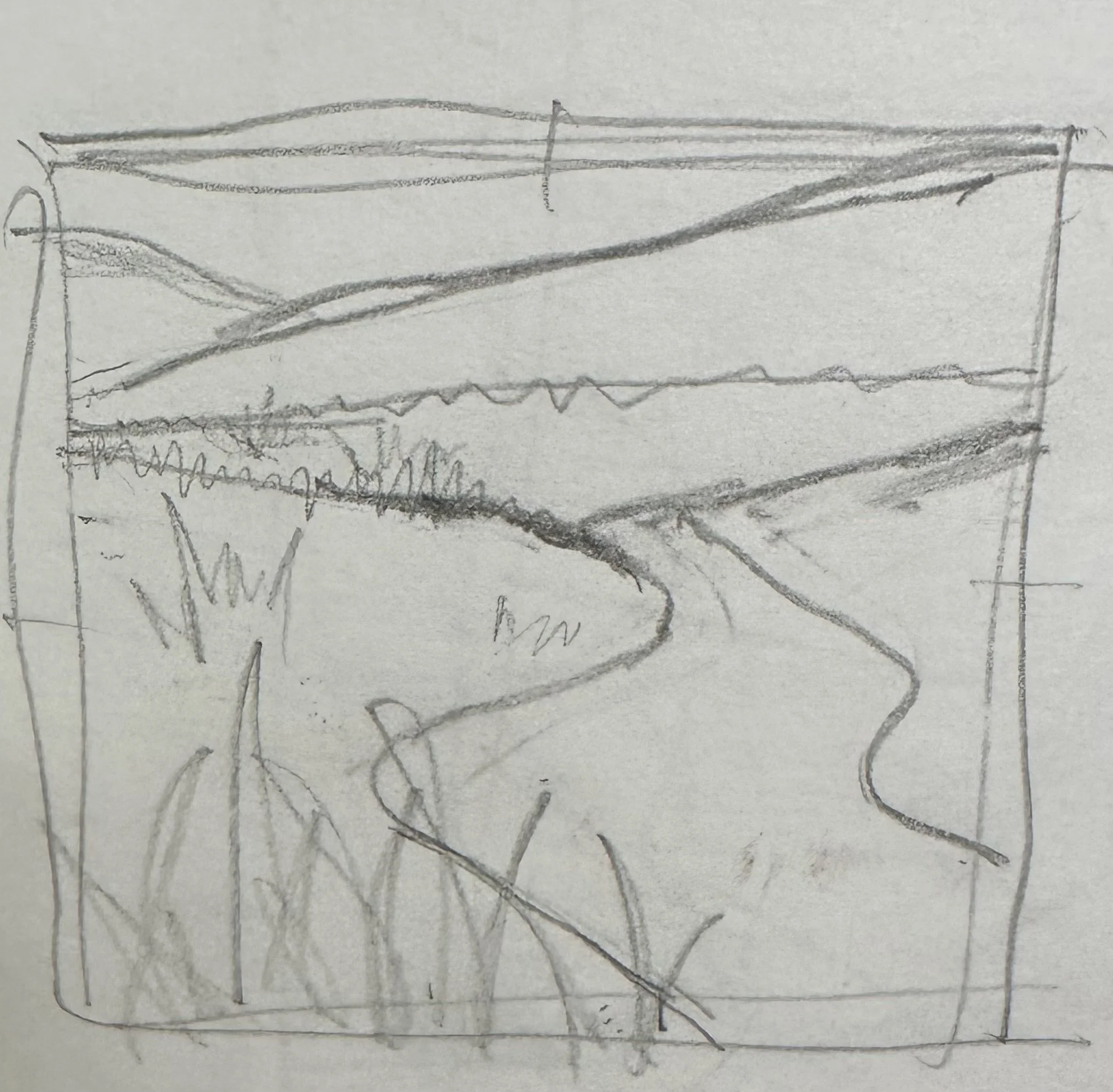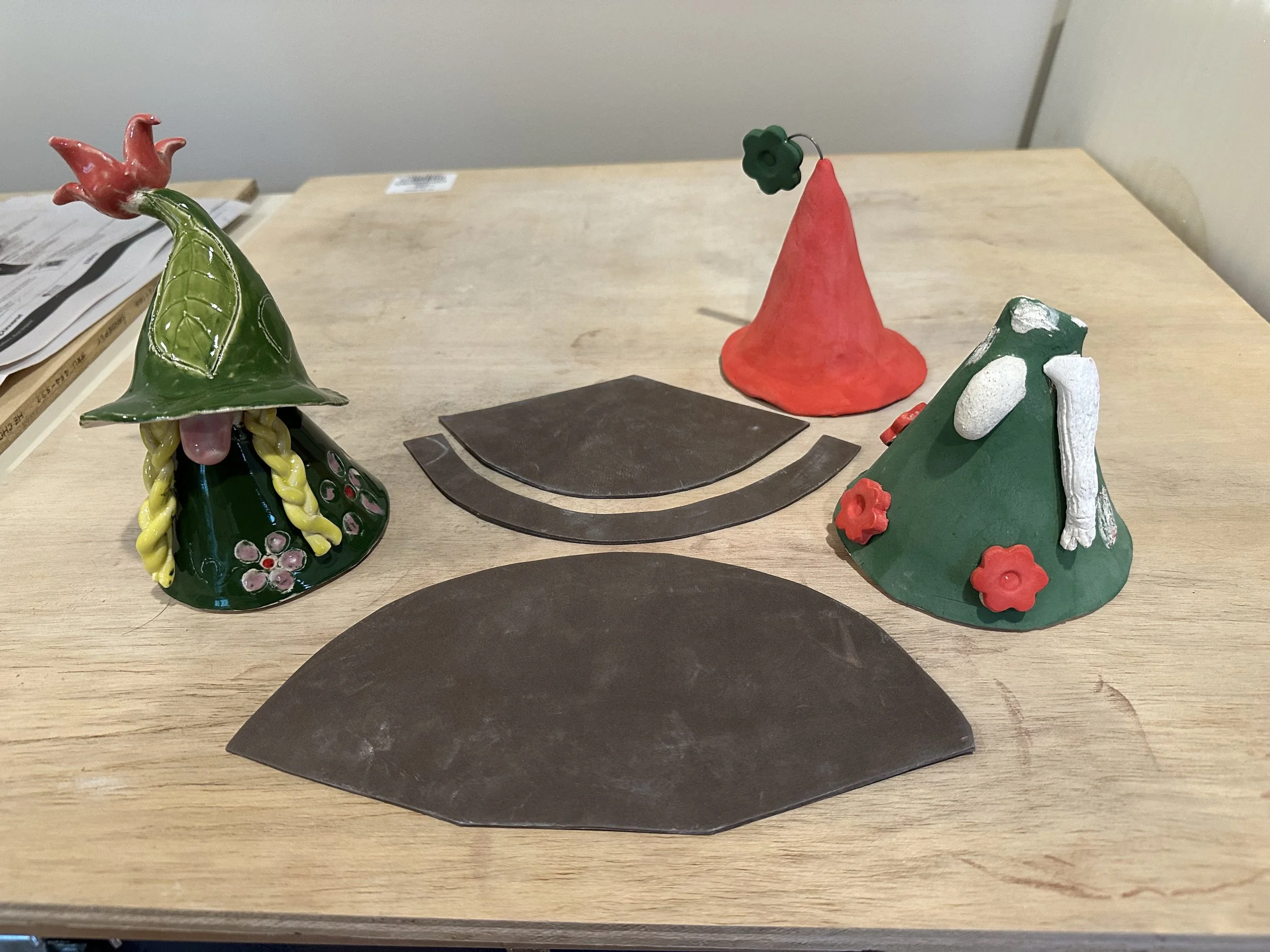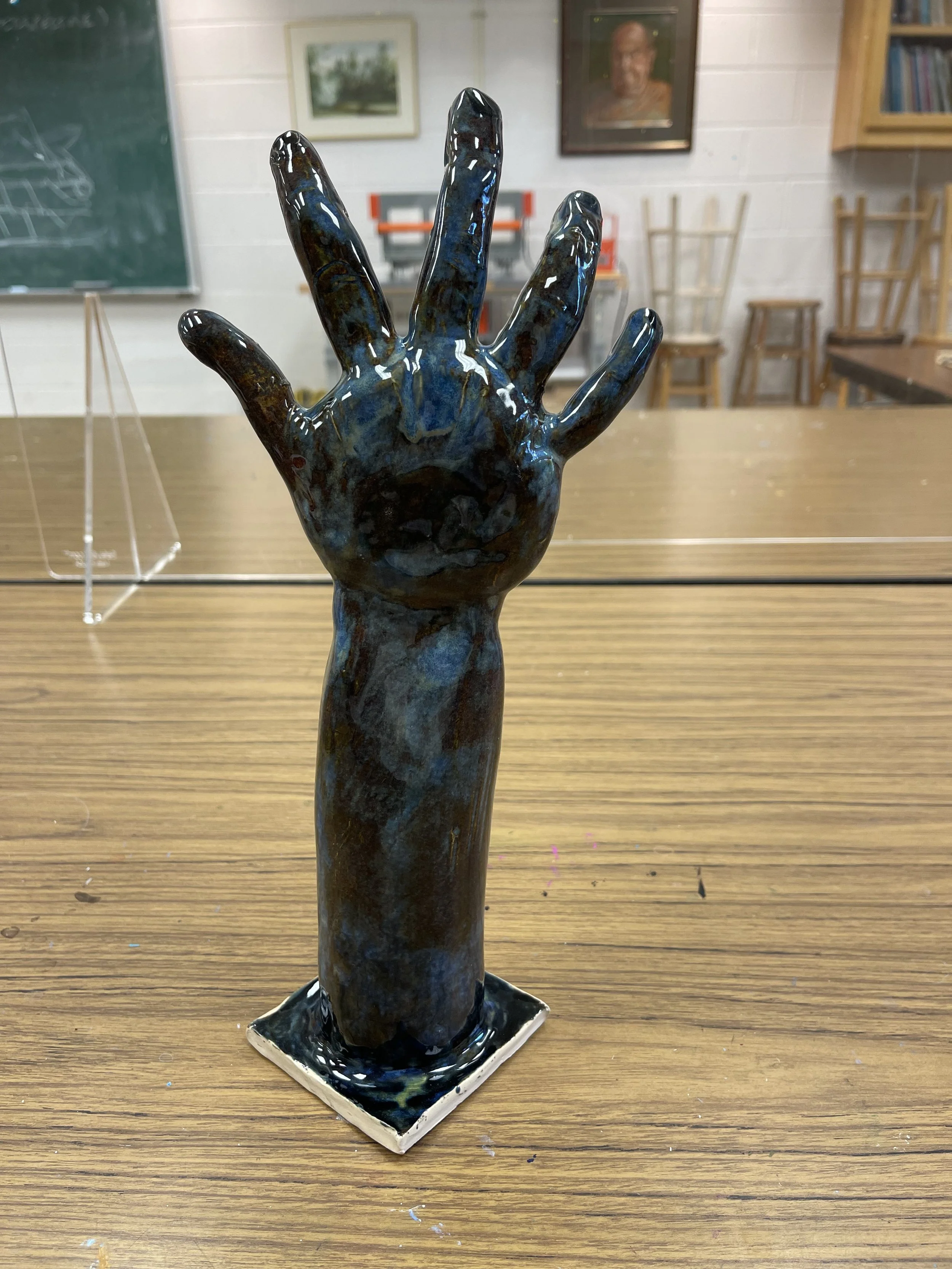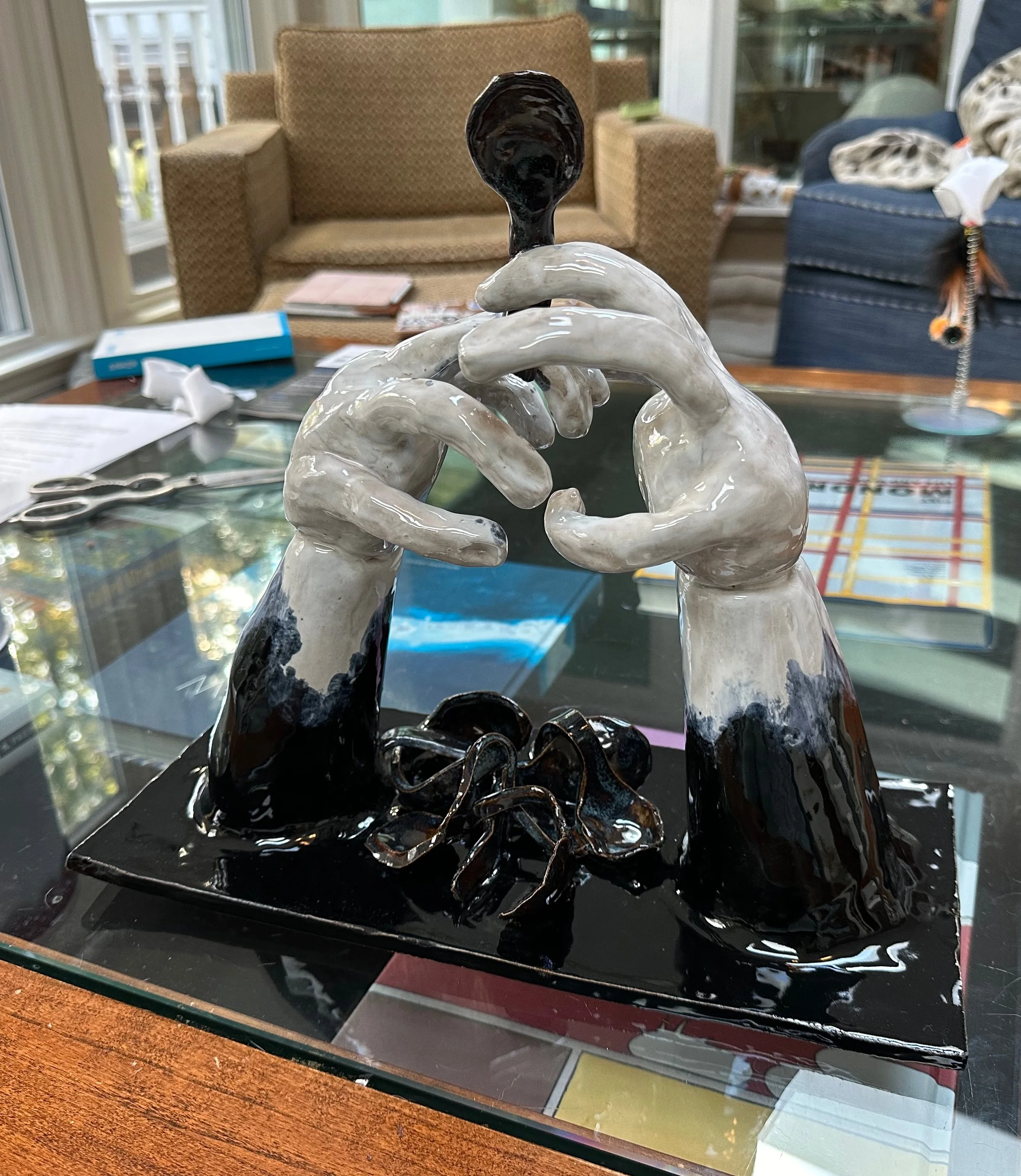My love-hate relationship with templates
I have a complicated relationship with templates. In some ways I think they’re awesome, and in other ways I really hate them. As someone who loves to put order around chaos, I want to dig into the “why” behind using a template versus not using one and the benefits and challenges that come with using them.
The spectrum of template use
There are a few different places where I have created and used templates, both in my job and in my art. Typically, when I created templates at work, it was to help set expectations, provide standardization and operations, and create ways to collect standard information that could then be used cross-functionally.
For instance, I created templates that new hires could use to understand what information they needed to gather and provide. Sometimes management wanted not only the template filled out but also a check-list of those items checked. That extra set of checks felt redundant to me if the reference was used and all data entered, but it’s a way to track if someone has done something.
I also used standard presentation templates that varied on the spectrum of making sure that appropriate branding was used – to ensure certain elements were represented based on context in the form of a checklist – to follow a strict format of what is required in each slide and in what order.
Within the different variations of these templates, I see the benefits that templates provide–setting expectations and making it easier for an audience to interpret data because it follows a standard format everyone is using. I appreciate that, but it also stifled my ability to be me, and there were instances where the presentation templates were so strict and limited that I felt what I created had become boring and lacked engagement. But, maybe I just needed to think inside the box more to think outside of it. And that brings me to templates in art.
Templates in Art
In painting I don’t use a template. But, I have a “pictionary” in my head along with often used designs and things to avoid. I use that information to inform the design of the painting as I go along. Painting flowers–don’t put two right next to each other because it looks like eyes. A high horizon is Eastern in origin; a low horizon is based in Western art; and they convey different feelings. Too much regularity feels man-made, not organic; but there are angles needed to getting a river or a lily pad to sit down to make it believable.
In pottery, I’ve used templates when I’ve learned new things, such as a garden gnome. I love gnomes. I want to make lots of them. But, now that I’ve used a template and bypassed the planning process,I feel like I need to use the template to make gnomes. And there are lots of ways to make gnomes. I just need to do my planning and think through other ways to do it. This planning requires my pot-tionary (?) and the ability to break objects down using my knowledge of forms. For instance, I took a sculpture class, and we talked about breaking down a piece into forms. I saw a bust that was essentially a hollow ball, cylinder, and pinch pot, and this helped the lightbulb come on in relation to the hand/hands I wanted to make. Again, a cylinder and hollow ball, but it was the fingers that needed some figuring out.
Recently, I made a sea otter. Many of the creatures I build start out as hollow balls of some sort. For the otter, I took some pictures and sketched out the forms I wanted to use and put them together to represent the object I wanted to make. This is the creative aspect of the work that I love. It’s also why I’m resistant to templates. They’re great for learning something new or replicating something that has already been made. And, people do use them to create lots of the same thing over and over again. Others have become so fluent in a form that they don’t need a template anymore. It’s in their head.
The role of templates
In both my work and in my art, templates have provided a foundation for learning, of moving from being a novice to becoming more experienced, to providing ways to standardize and operationalize making and creating efficiency. As a hobby potter, I like using templates for things that I am learning, but I want to get away from thinking it is the only way to do something. At the same time, there are things that I make that benefit from starting with a template. But, in this way the template is simply another type of form I’m starting with, similar to the pictionary in my head for painting. I start with something simple and then follow the media I’m using to see where it goes.
And this is the dissonance in creating and using templates–they are great for learning and standardization but I don’t want them to get in the way of thinking in new ways, continuously refining and thinking about different ways to convey information, art, and joy. That’s why I have a love-hate relationship with the template.






